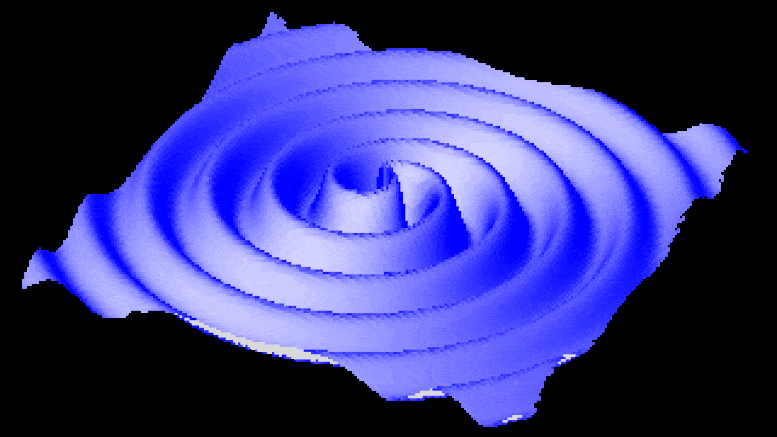
The hunt for gravitational waves continues to move forward as theoretical studies and enhancements to gravitational wave detectors help guide researchers.
Astronomers have long relied on light waves to provide information about astrophysical objects. The hunt for gravitational waves, highly sought after but terribly elusive, should get a boost from theoretical studies by EU-funded researchers.
Gravitational waves (GWs), first predicted as a result of Einstein’s general relativity theory, are small distortions of space-time geometry that propagate through space like waves, traveling at the speed of light. However, they cannot be absorbed, for example by ‘stuff’ between the observer and the source, so they’re not obscured or scattered like light.
With enhancements greatly increasing sensitivity of two of the most important GW detectors, EU researchers supported by funding of the ‘Compact binaries as gravitational-wave sources’ (Compact Binaries) project sought to investigate potential sources of GWs in order to evaluate detector performance as well as to guide future observational experiments.
GWs are produced by almost all moving masses. Compact binaries, consisting of two compact objects (white dwarfs, neutron stars or black holes) orbiting each other, are excellent potential sources due to both their high-density mass and their motion – the perfect recipe for GW production.
The Compact Binaries team first studied fast-spinning neutron stars (pulsars). Neutron stars have a diameter of around 20 km and masses about 4 times greater than that of the Sun. The rotating versions are pulsars, so-called because emitted electromagnetic waves are seen from the Earth in pulses much like the light from a rotating lighthouse beacon.
Scientists calculated estimates of pulsar binary birth rates based on beaming fractions. In addition, they published a summary of predicted detection rates based on all available experimental and theoretical work for all types of binaries detectable by ground-based GW detectors.
Another source of GWs and among the most mysterious objects in the night sky are gamma-ray bursts (GRBs), very short intense flashes of high energy gamma-ray photons. These bursts have recently been seen to be followed in more than 30 % of cases by brief X-ray flares. Compact Binaries researchers developed a model of a binary system that could power the X-ray flare on the time scale observed.
Compact Binaries results should have important impact on the effective design of observational experiments, enhancing Europe’s position in the race to detect the first GWs.